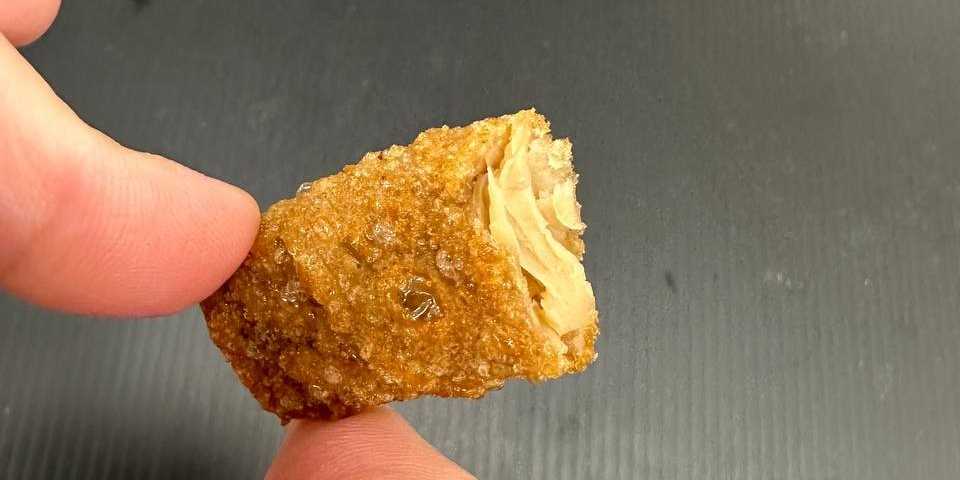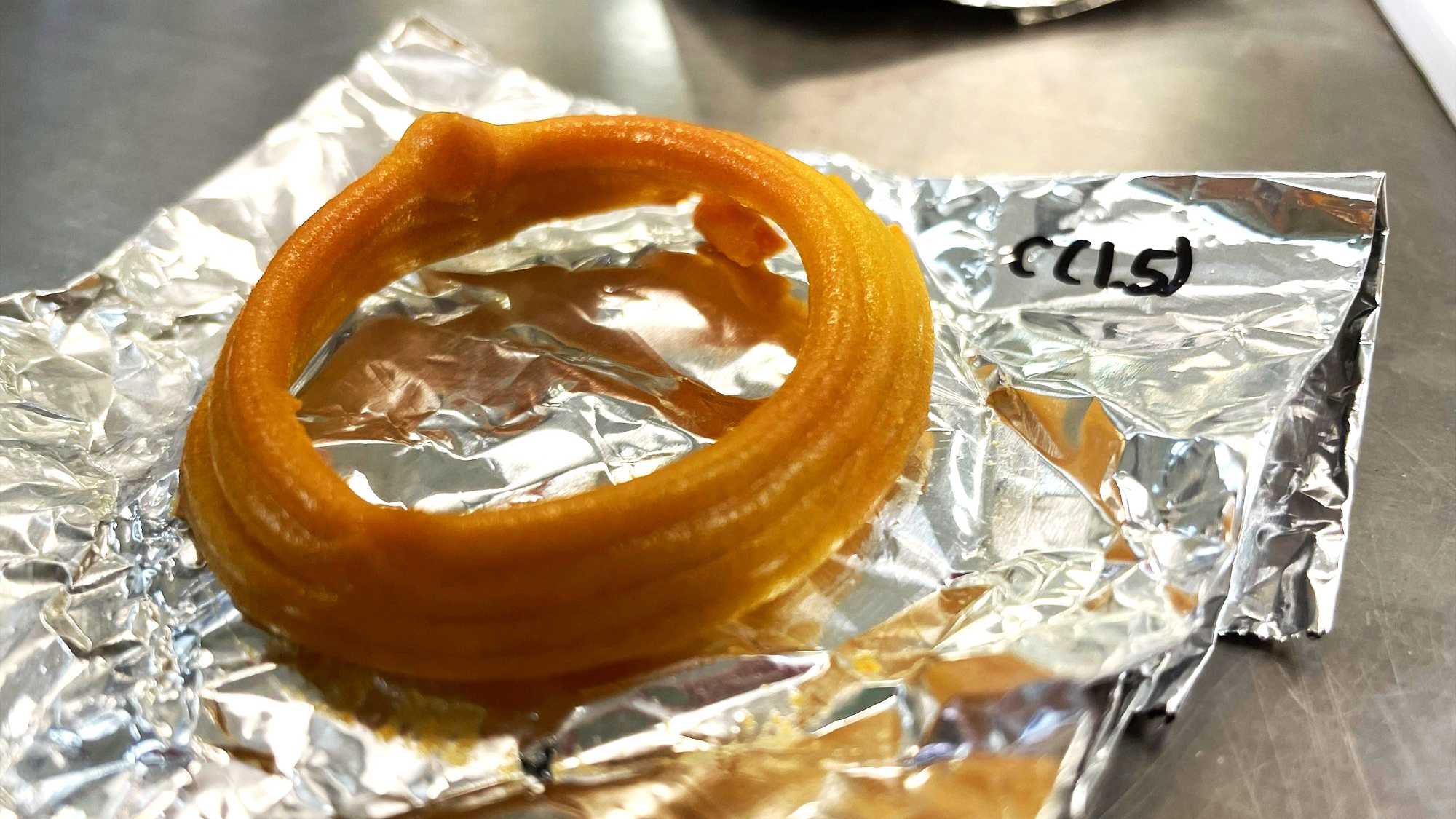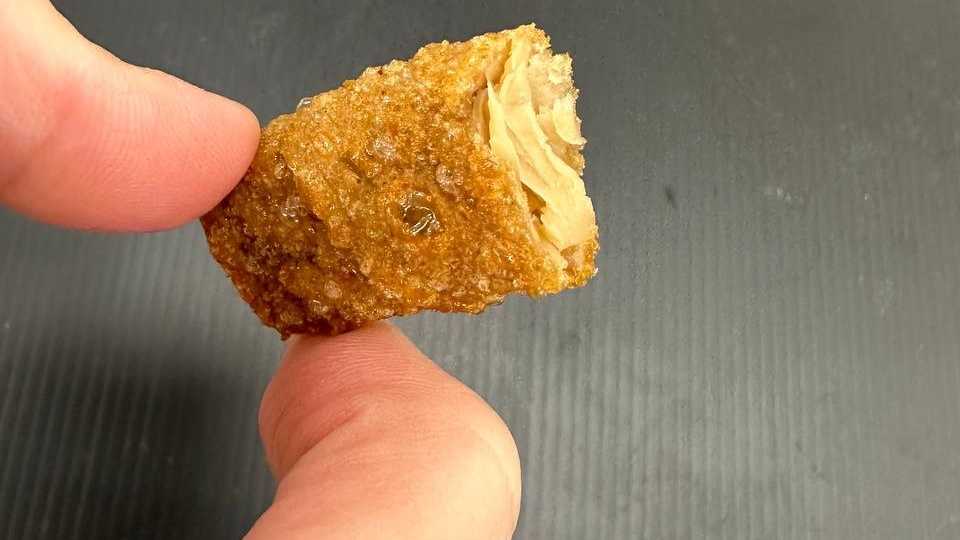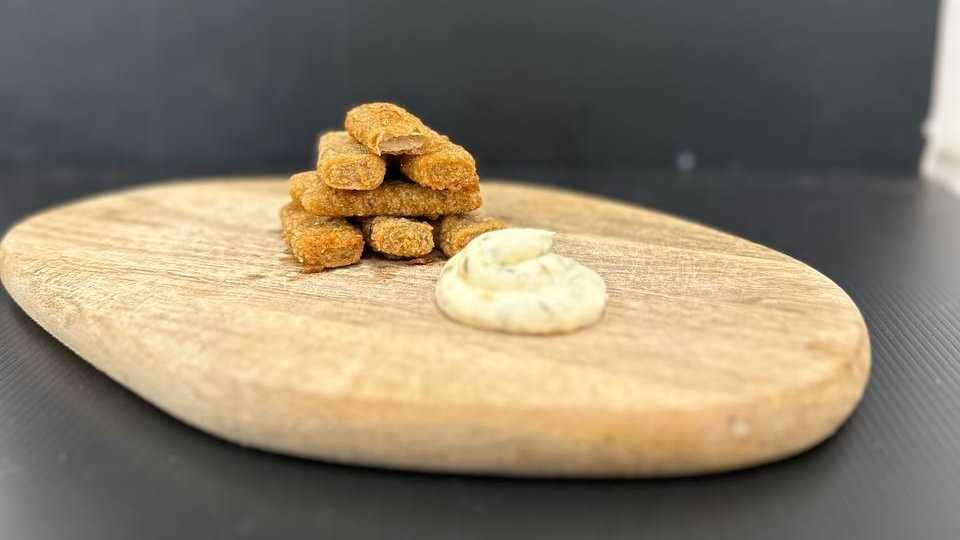Identifying the ideal consumer for Microalgae food products in Singapore
Dr Bianca Wassmann and her team at SEC’s Microalgae project surveyed who would be likely to consume a Microalgae food product and how it can be branded.

In brief
- SEC is conducting research on Microalgae-based food products to support Singapore's sustainable food systems and greater food security.
- To understand the competitive landscape of a potential Microalgae food product, researchers from SEC surveyed Singaporean consumers.
- A vegetarian microalgae product based on a meat or seafood alternative appears to align most with consumer expectations.
As part of a project to external page help Singapore sustainably produce 30% of its nutritional needs by 2030, a new study looks at the marketing process to put a Microalgae food product on the table.
Dr Bianca Wassmann and her team from the Singapore-ETH Centre’s (SEC) Urban Microalgae Protein Production project conducted a consumer acceptance study of Microalgae food products in Singapore. Their pioneering study identified the traits of young age, being male, high-income, and having specific concerns regarding sustainability, health, openness to trying new food, being a meat reducer and being concerned about their social image when consuming food as more likely to buy these products.
Meat, Microalgae and Makan
The increase in global food demand, coupled with sustainability challenges and climate change, means traditional animal meat production is under scrutiny as environmentally unfriendly and overly-resource intensive. This has resulted in a growing call to supplement the world’s dietary needs with alternative proteins.
This issue is particularly acute for Singapore. Lacking arable land for large-scale intensive food production and reliant on food imports, it makes economic and environmental sense for the nation-state to invest in modes of alternative protein production that take up less space and resources.
With this context, SEC’s Urban Microalgae Protein Production project was set up in 2022 to establish a resilient and sustainable agri-food platform for microalgae-based food products, in a step towards more sustainable food systems and greater food security.
Microalgae are single-celled organisms that grow in freshwater and marine water systems. Why focus on Microalgae? Because they are nutritious and require less arable land to grow in land-scarce Singapore compared with plant-based proteins. They can also be used as the base ingredient in familiar Singapore food products.
One goal of the Urban Microalgae Protein Production project is to conceptually come up with a Microalgae food product for Singapore. Given Singapore’s diverse food influences and ‘makan’ culture (colloquial English meaning ‘to eat’), a Microalgae food product would have to meet Singapore consumers’ dietary wants and needs for it to be successful.


“Why focus on Microalgae? Because they are nutritious and require less arable land to grow in land-scarce Singapore compared with plant-based proteins. They can also be used as the base ingredient in familiar Singapore food products.”Dr Bianca Wassmann
This is where Dr Bianca Wassmann’s study comes in. Not only does it explore how Singapore consumers perceive Microaglae food products, it also gives ideas on how it can be added to what Singaporeans ‘makan’ daily.
What do Singapore consumers think of Microalgae-based foods
The research team surveyed 578 participants online, with the demographic composition of the sample (in terms of age, gender, and ethnic composition) being representative of Singapore’s population.
A vegetarian microalgae product appears to align most with consumer expectations. Participants generally associated Microalgae-based foods with ‘vegetarian/ vegan food’. They also frequently associated it with two types of food products: alternative meat products and plant-based food.
Understanding the competitive landscape of a new product is vital. Microalgae-based food products were viewed similar to ‘plant-based burgers’ (e.g., Impossible Burger) in that they were seen as highly modern and environmentally friendly products. In comparison to more conventional Singaporean protein sources, like seaweed, tofu and chicken, microalgae were perceived as less festive, tasty, natural, and cheap. In contrast, microalgae were perceived to be cheaper and more environmentally friendly than beef and insect protein.
Identifying a new products’ main selling points is crucial to its economic success. When presented with Microalgae-based foods’ inherent characteristics, innovative-ness, being environmentally-friendly and healthiness were seen as the most convincing. These aspects should therefore be emphasized during marketing.

Potential consumers, potential marketing
Looking at participants’ background, the following characteristics indicated a higher openness to buy Microalgae-based food products: being male, young age, high income, having concerns about sustainability and health, being open to trying new foods, and being concerned about their social image when consuming food.
Taken together, these findings suggest:
- A Microalgae-based meat or seafood alternative food product would meet consumer expectations.
- Framing Microalgae-based food as ‘vegetarian’ has potentially broader cultural appeal among Singapore consumers, combining those who are vegetarian for environmental reasons with those who have been exposed to various local vegetarian dietary traditions.
- Since Microalgae-based food is perceived as less tasty compared to other foods, enhancing its sensory appeal and managing expectations will be an important part of selling it to consumers.
- Previous studies in Europe have shown the importance of sustainability in marketing Microalgae-based food products. This study additionally highlights innovative-ness of consuming a trendy and new product is also a potential selling point. This may point to a campaign to appeal to Singaporeans’ social image as a way to sell a Microalgae product.

From concept to cai fan: Next steps for the study
Since there are few consumer studies of Microalgae-based food products in Asian societies, understanding how consumers here perceive and understand Microalgae is a step-up in bringing it to market.
For next steps, the project team is conducting sensory studies. Project partners at the National University of Singapore’s Food Science and Technology Department are printing food products such as calamari rings and fish fillets, to explore ways to build texture and taste profiles in Microalgae-based food. Researchers will also focus their attention on the type of consumers identified in the study, and look at marketing approaches to make Microalgae more appealing to them.
By outlining the beginning of a marketing strategy to bring a novel food product to public consumption, it is hoped the study can guide consumer researchers, public officials and food scientists alike to meet potential consumers expectations on Microalgae-based foods.
Wassmann, B., Hartmann, C., & Siegrist, M. (2024). Novel microalgae-based foods: What influences Singaporean consumers’ acceptance?. Food Quality and Preference, 113, 105068., external page https://doi.org/10.1016/j.foodqual.2023.105068.